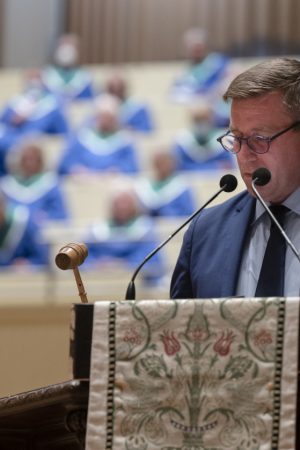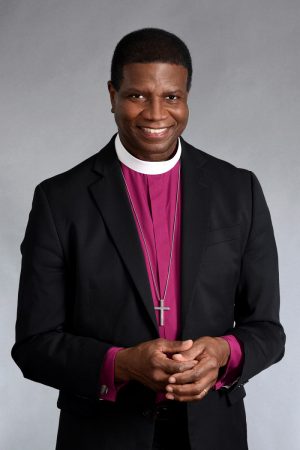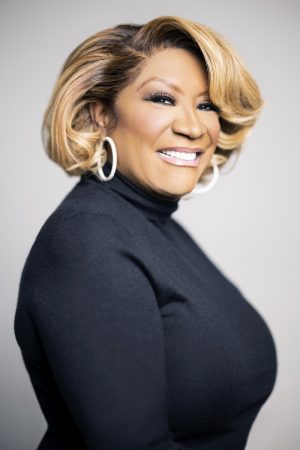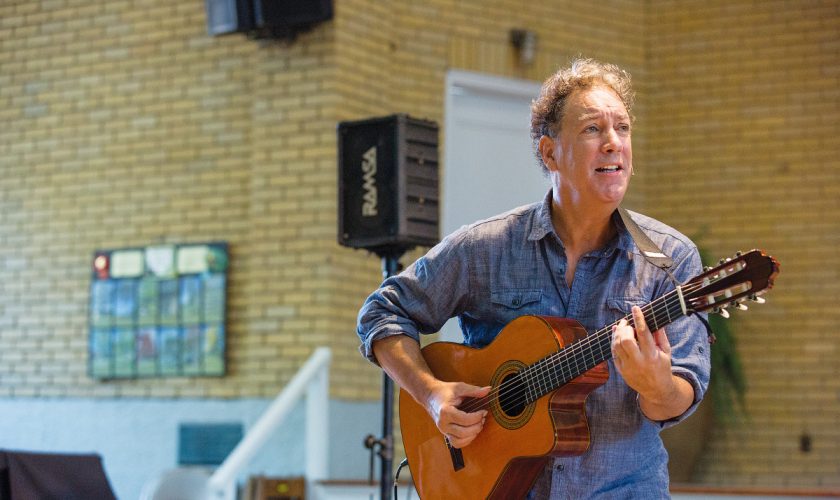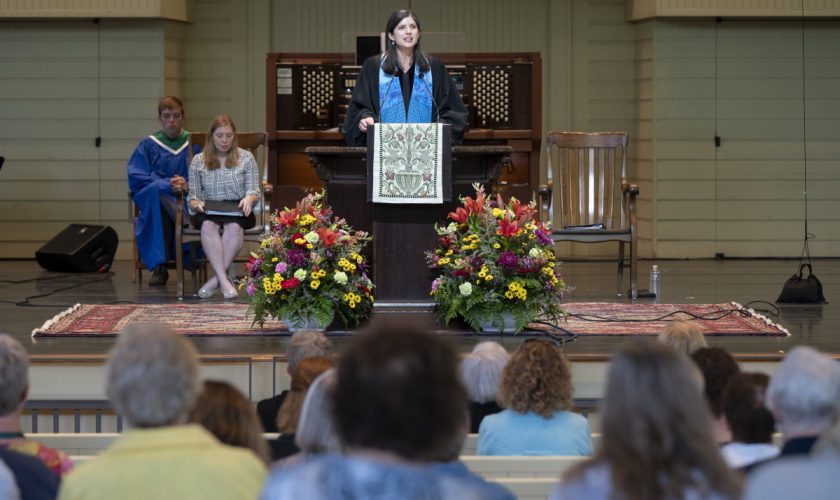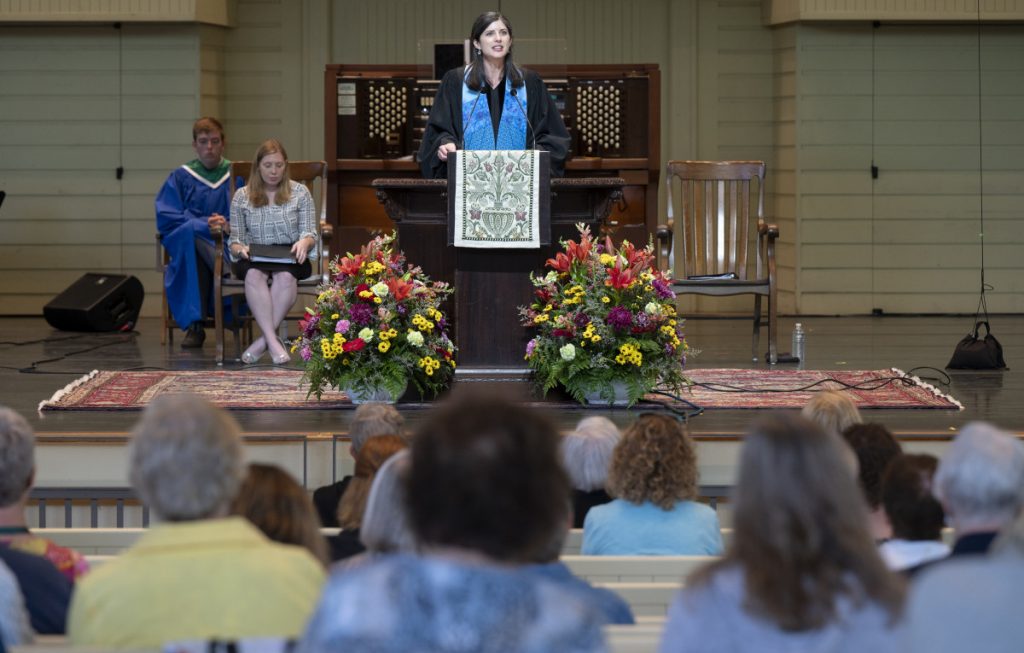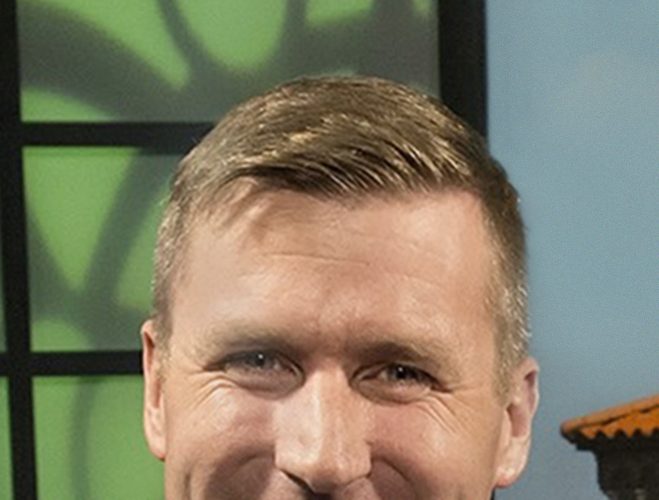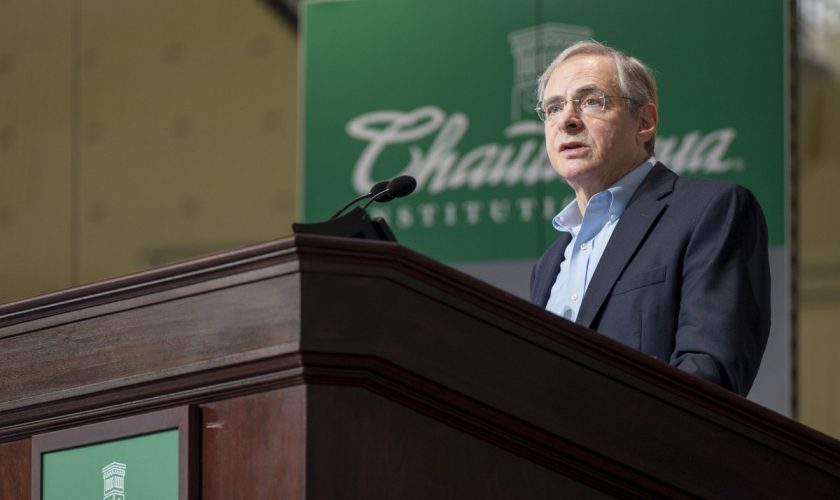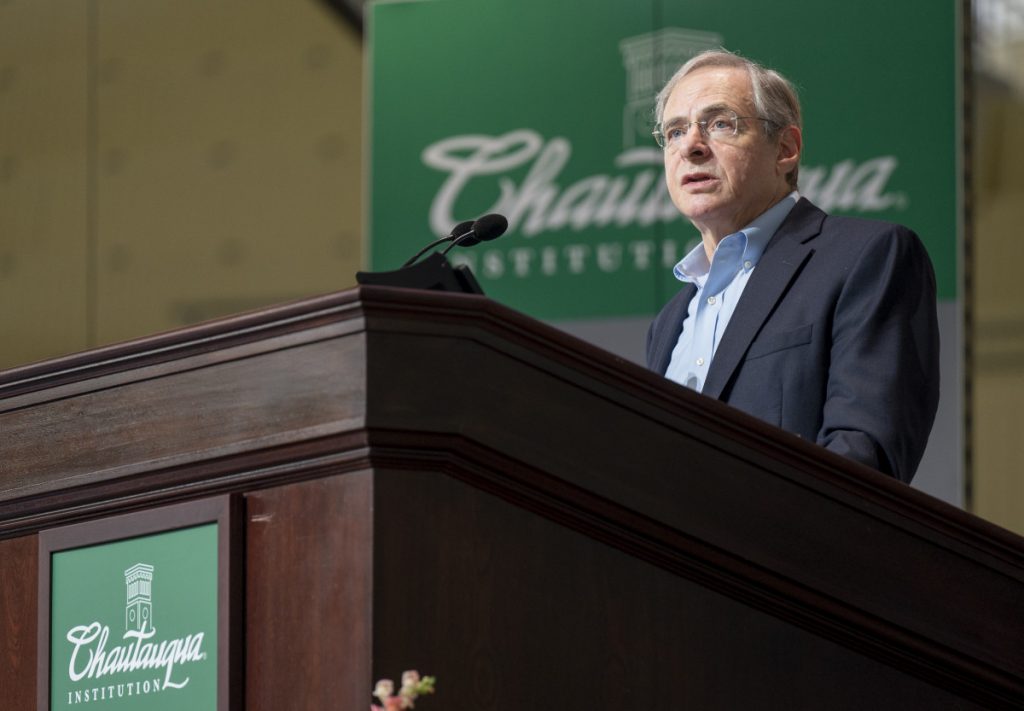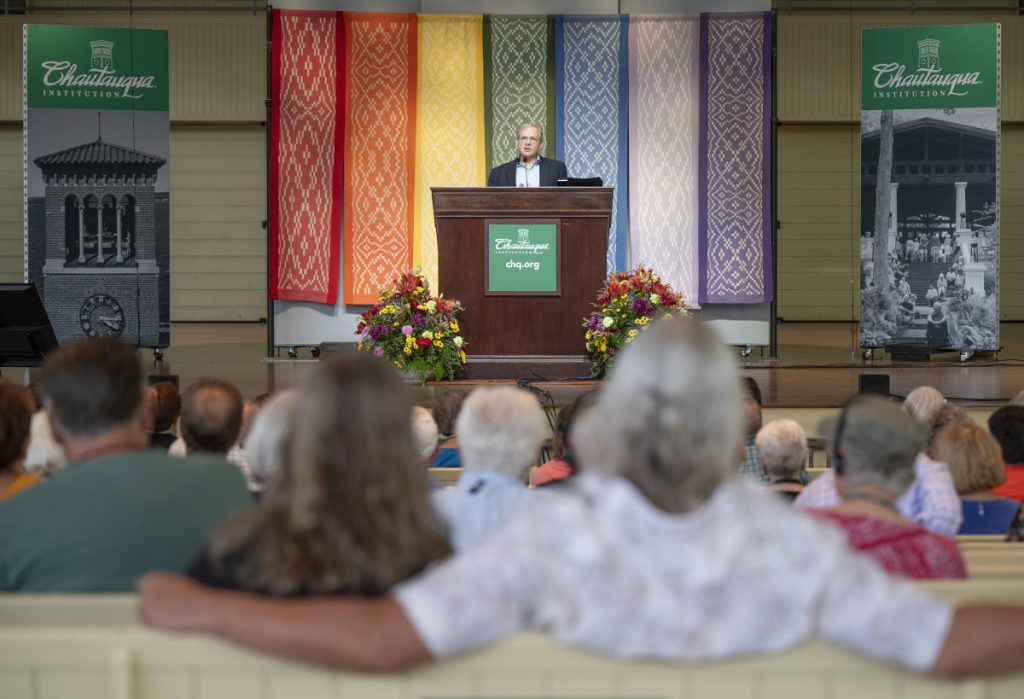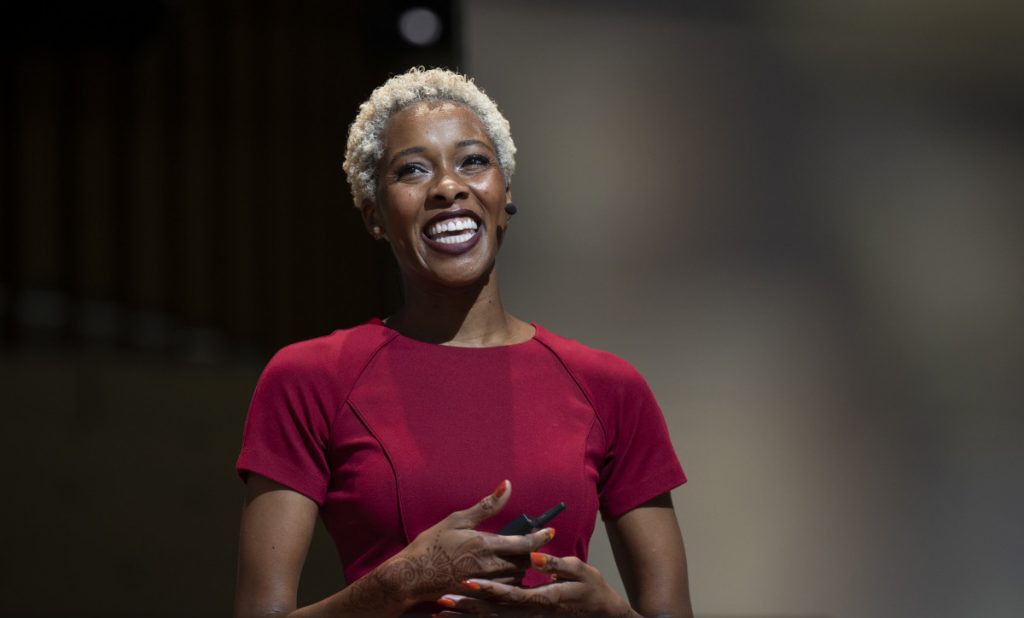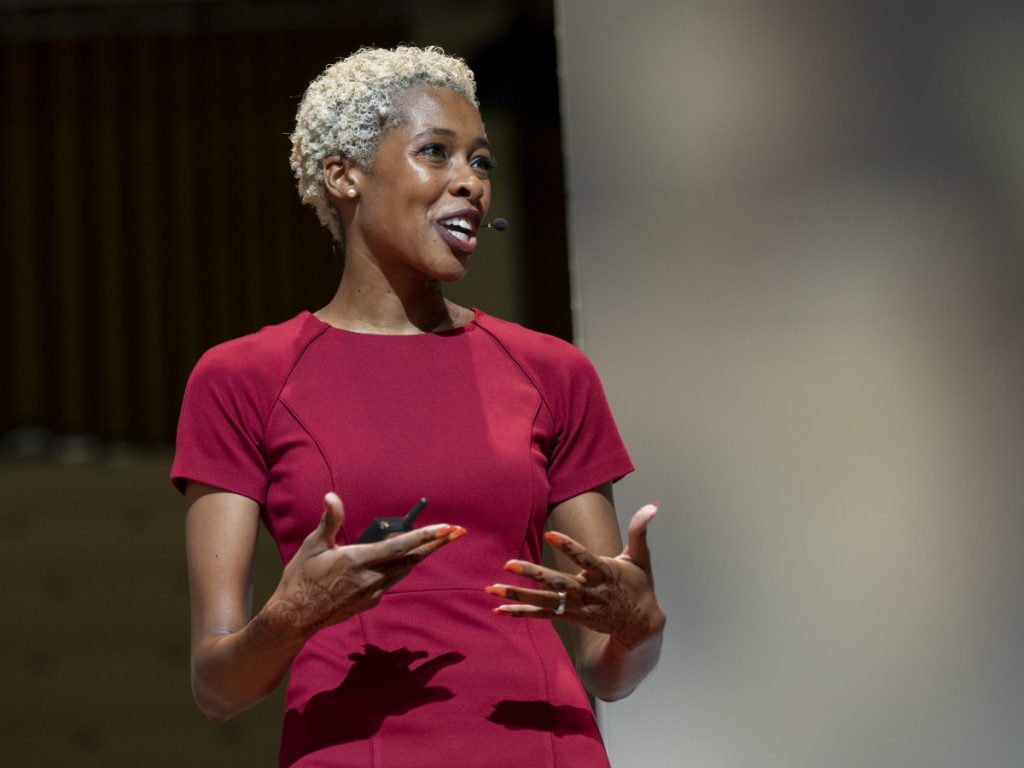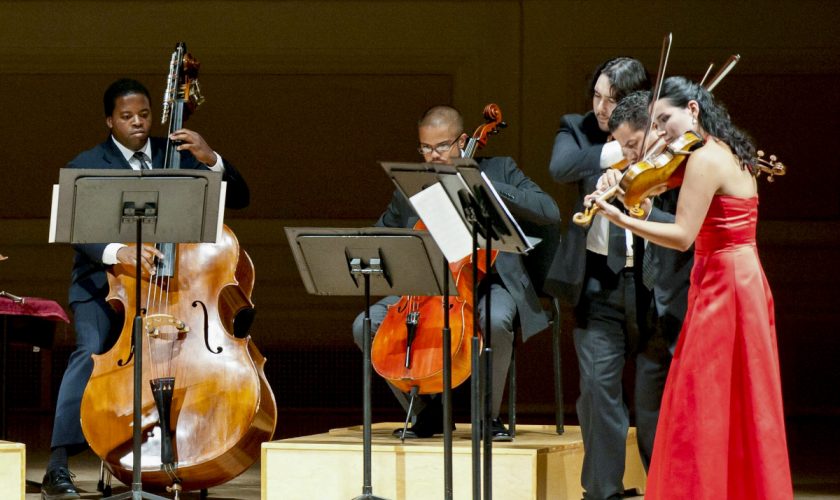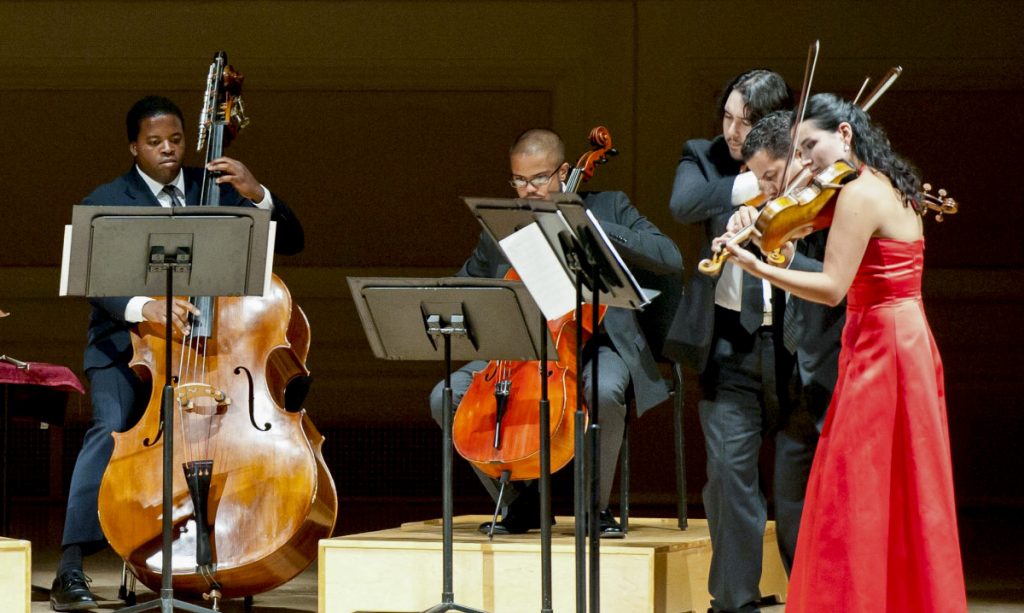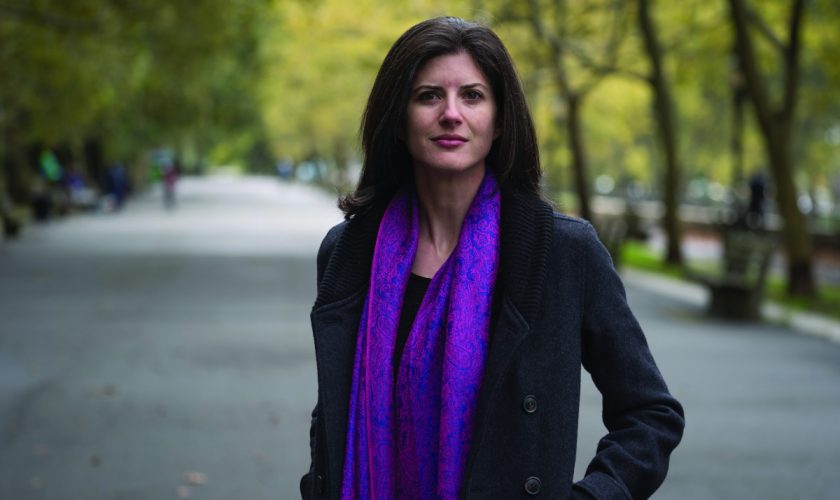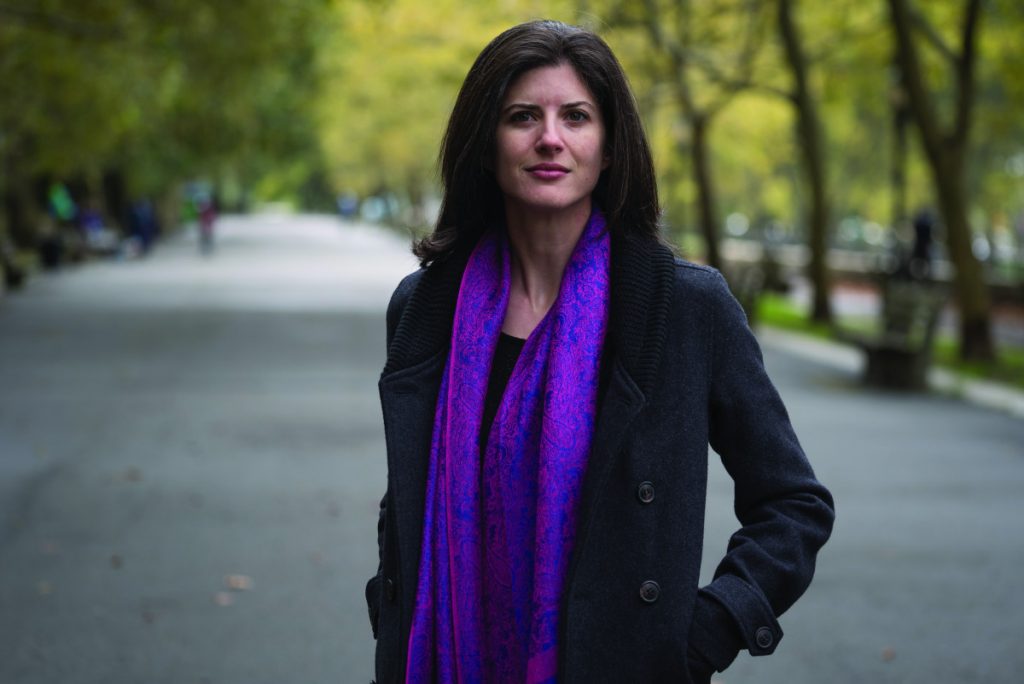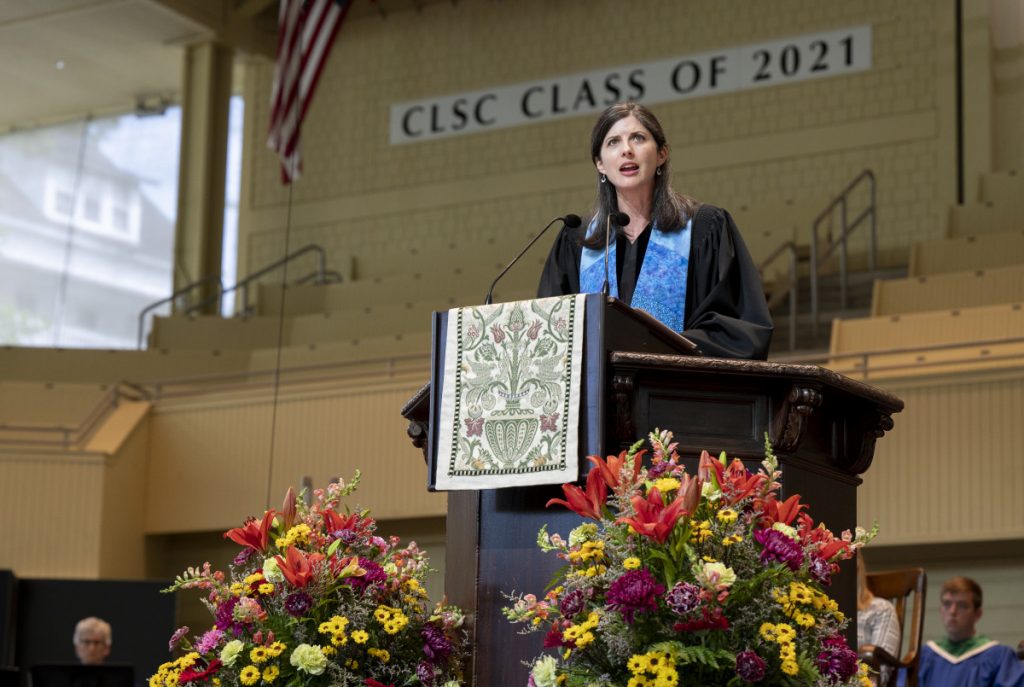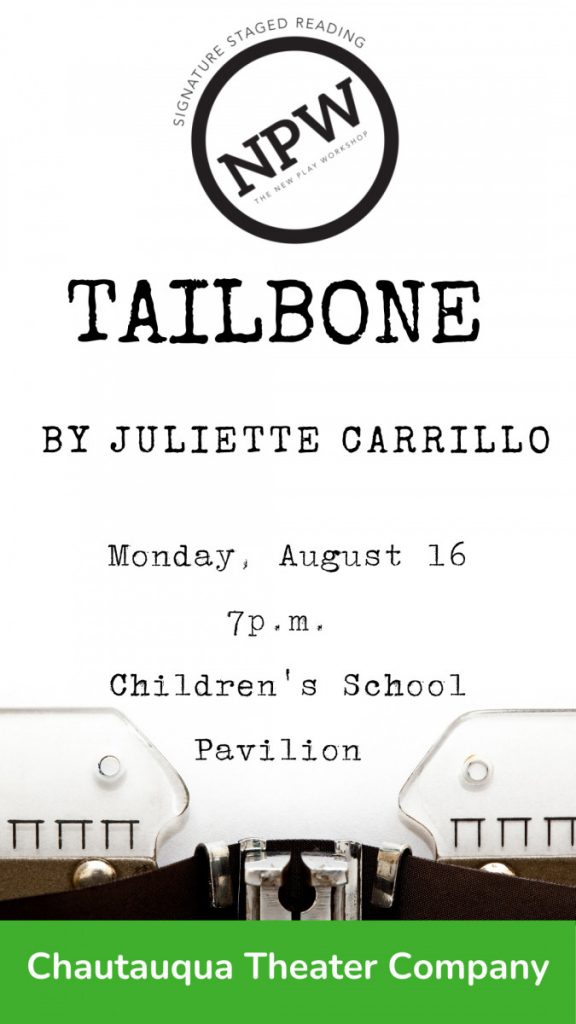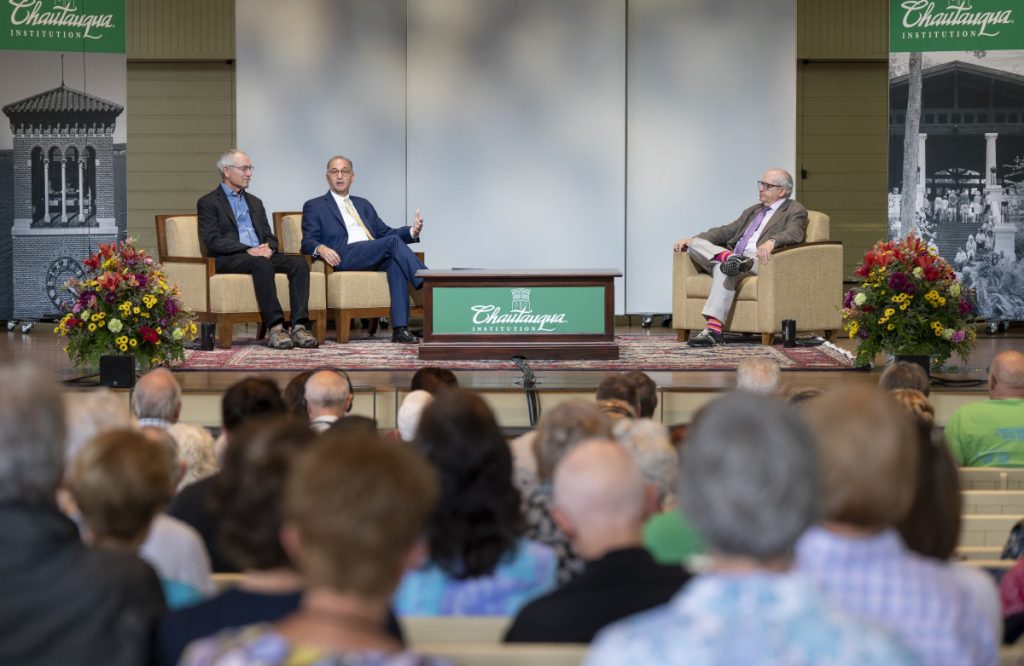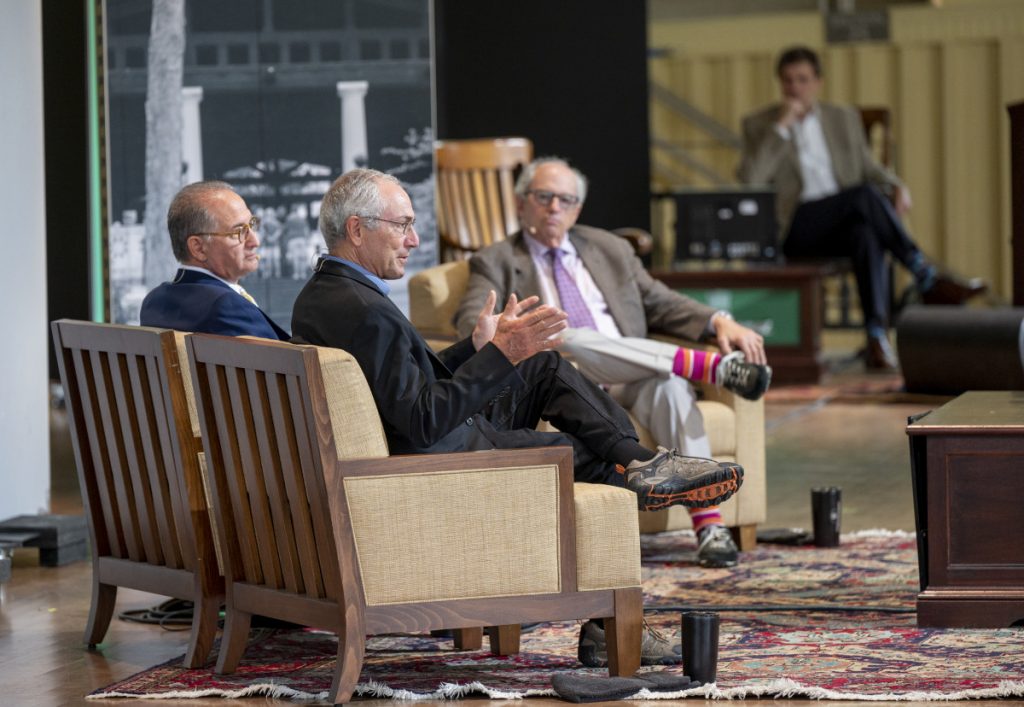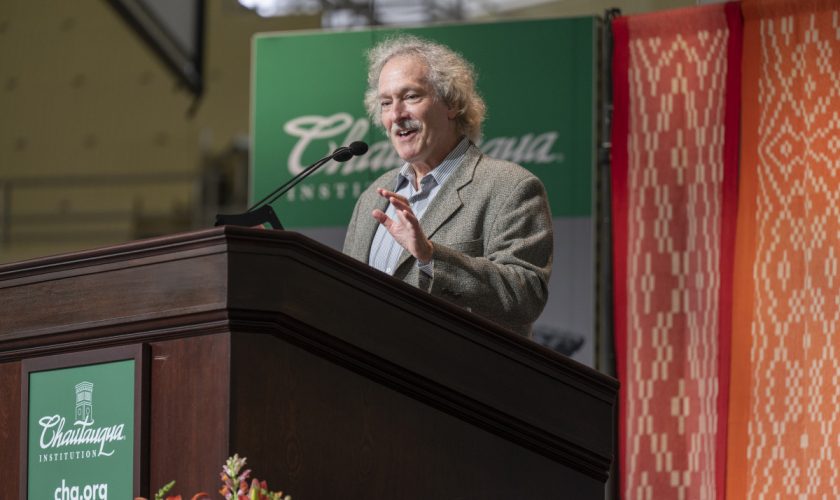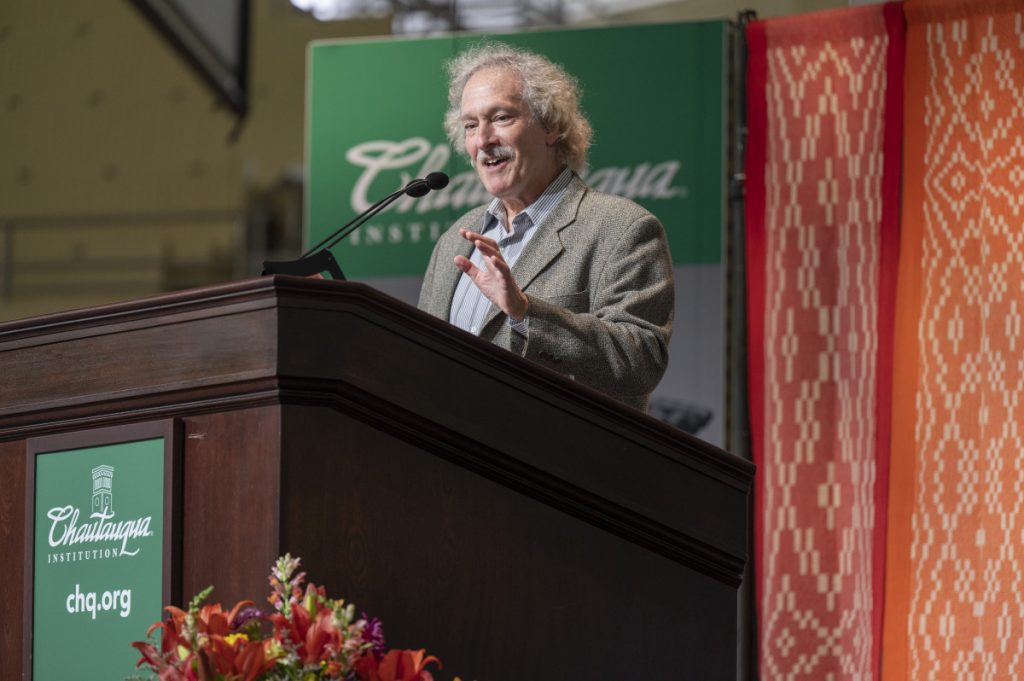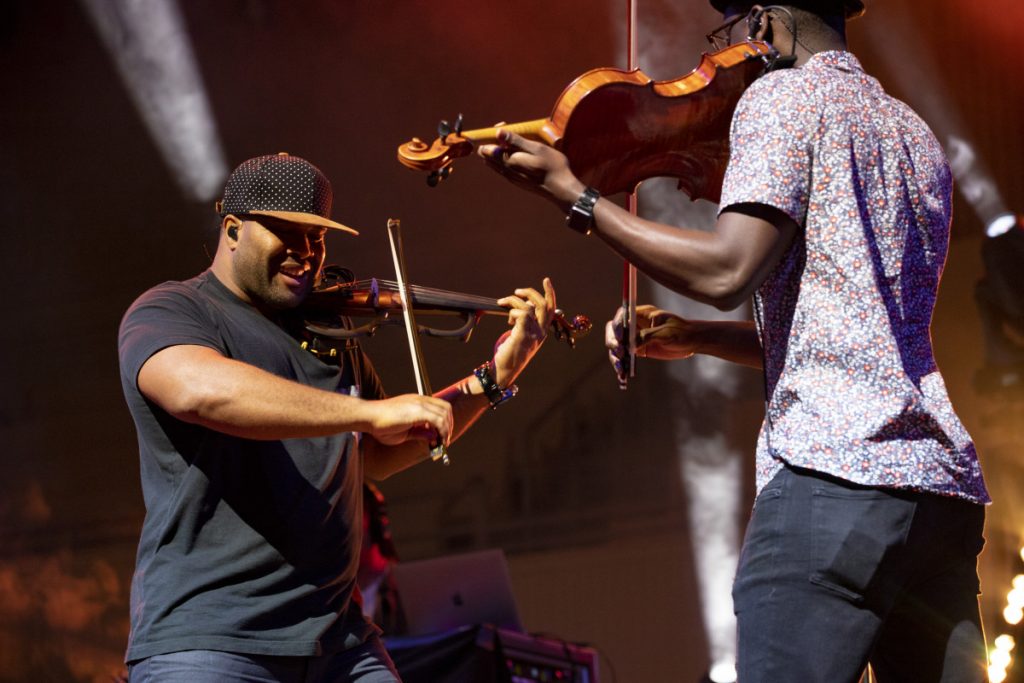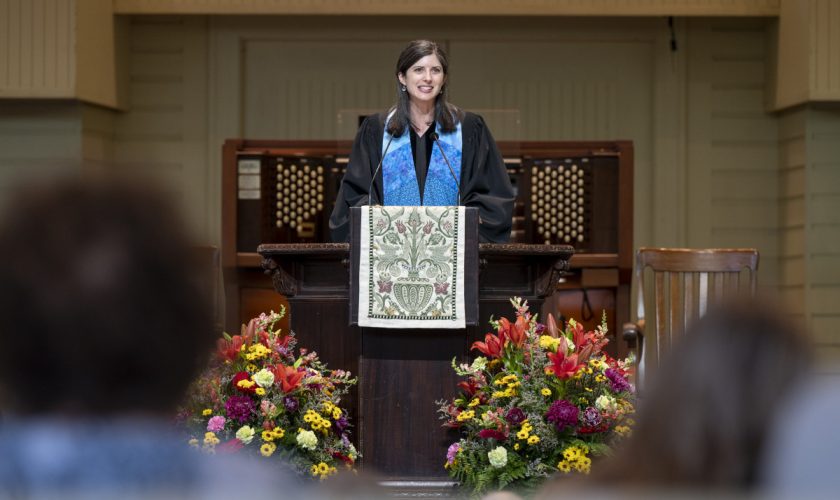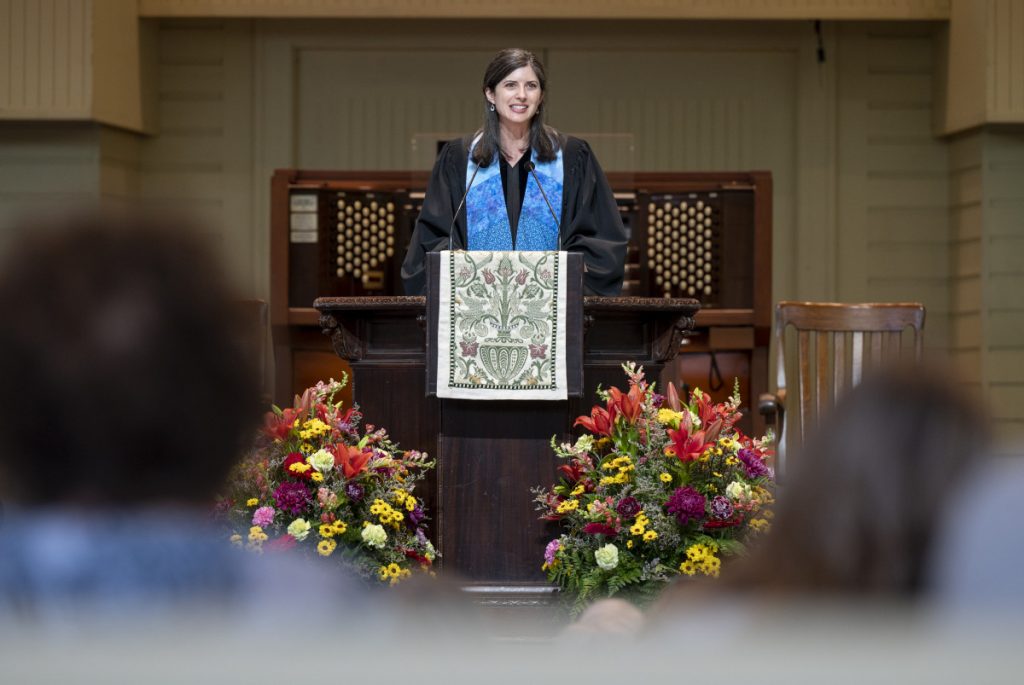SARA TOTH – EDITOR
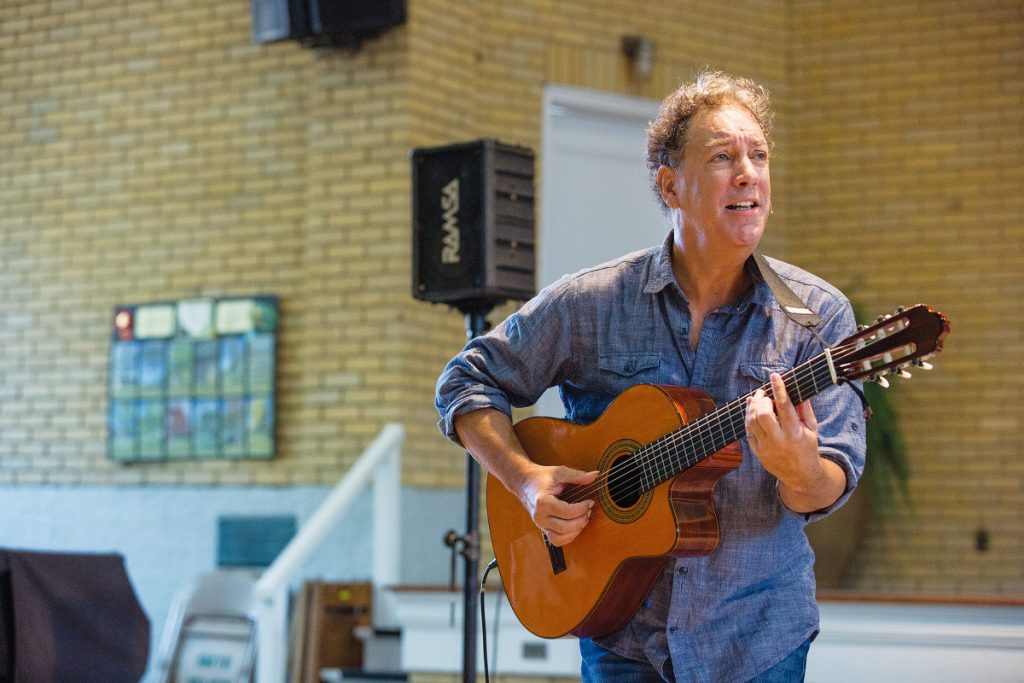
Most of us know Aesop’s classic fables from childhood — but even the classics stand to be reinvented sometimes.
Enter David Gonzalez, a storyteller, musician, poet and actor who’s bringing an interactive afternoon of stories to the grounds for Chautauquans of all ages with “Aesop Bops!” at 6 p.m. Sunday, Aug. 22 in Smith Wilkes Hall.
“It’s classic stories done with a fresh twist, and it’s really a wonderful intergenerational experience,” Gonzalez said. “Parents and grandparents will know these stories — but not in this way, and sometimes the little ones had never heard them before, so it’s a very fresh, intergenerational storytelling bonanza.”
It would be a mistake to say that Gonzalez will be the only performer at Smith Wilkes on Sunday. He’s lined up an event filled with audience participation and imaginations running wild, and he can’t predict which way it will go — right, left, up or down?
“These shows unfold beat by beat, moment by moment,” he said. “The thing about live performance is that it makes the present moment so very precious. … We’re diving headlong into that moment we’re sharing.”
Sharing those spontaneous moments with an audience is, indeed, precious after a year of virtual performances.
“We we can see and hear each other, we create an environment that’s not three-dimensional, it’s six-dimensional. We are activating our own imaginations, sharing imaginations — and understanding these stories through our own lens, and other people’s points of view,” he said. “So much can go on. So much that can never happen virtually.”
By the end of the show, Gonzalez said, young people in the audience won’t just know the stories of “The Lion and the Mouse” or “The Fisherman’s Wife” — they’ll actually feel like they had a part in creating those stories.
“There’s a ton of laughter and communal sharing and participation, and the kids end up doing the stories along with me,” Gonzalez said. “They end up taking these stories home with them. They own those stories when we’re done.”
This isn’t the first time Gonzalez has performed on the grounds — he did a stint with the Family Entertainment Series in 2017 — and he finds himself drawn to Chautauqua because of a few simple words: “Exploring the best in humanity.”
“My work is eliciting wonder and supporting the exploration of joy and wisdom through a range of stories,” he said.


